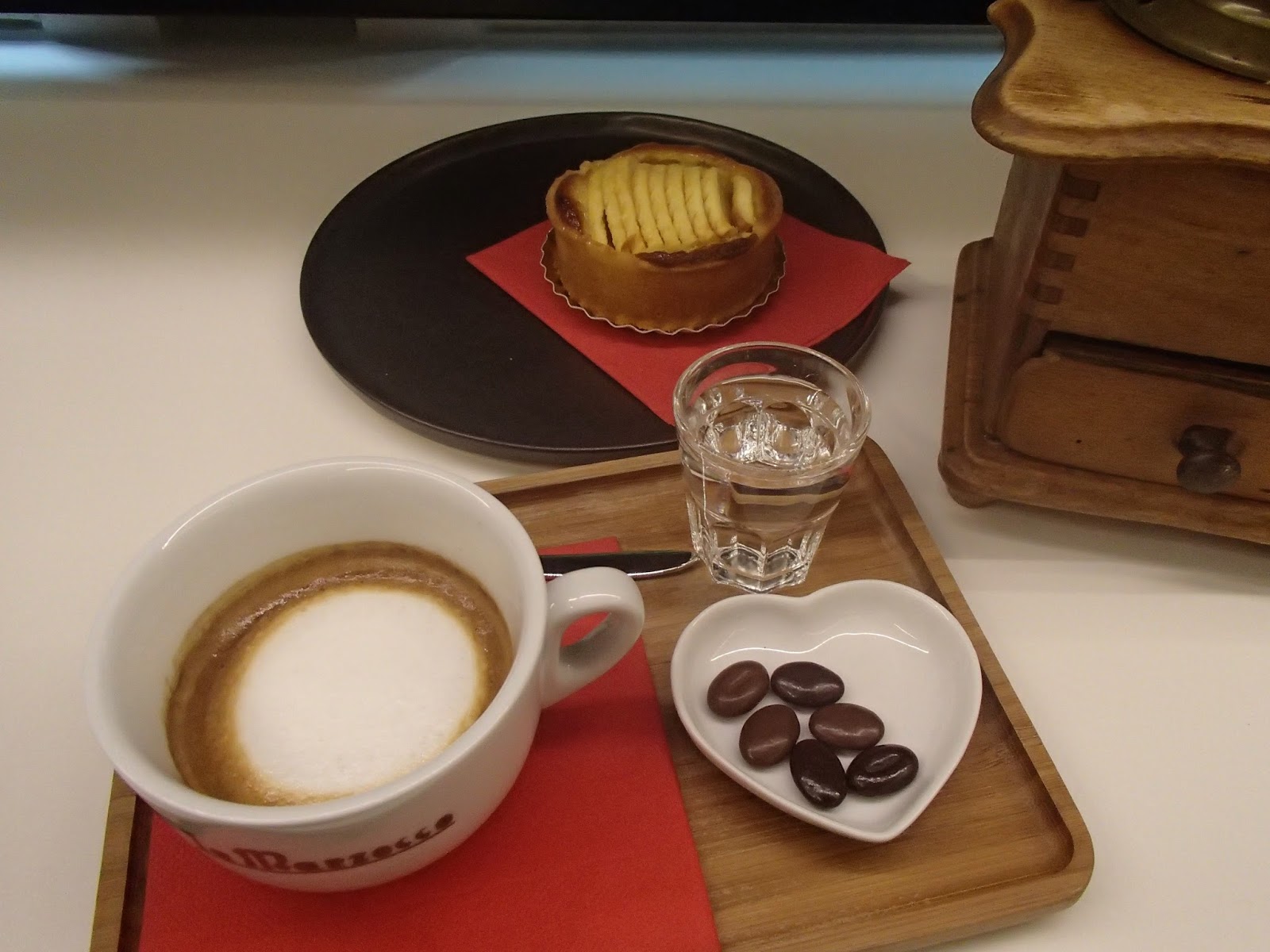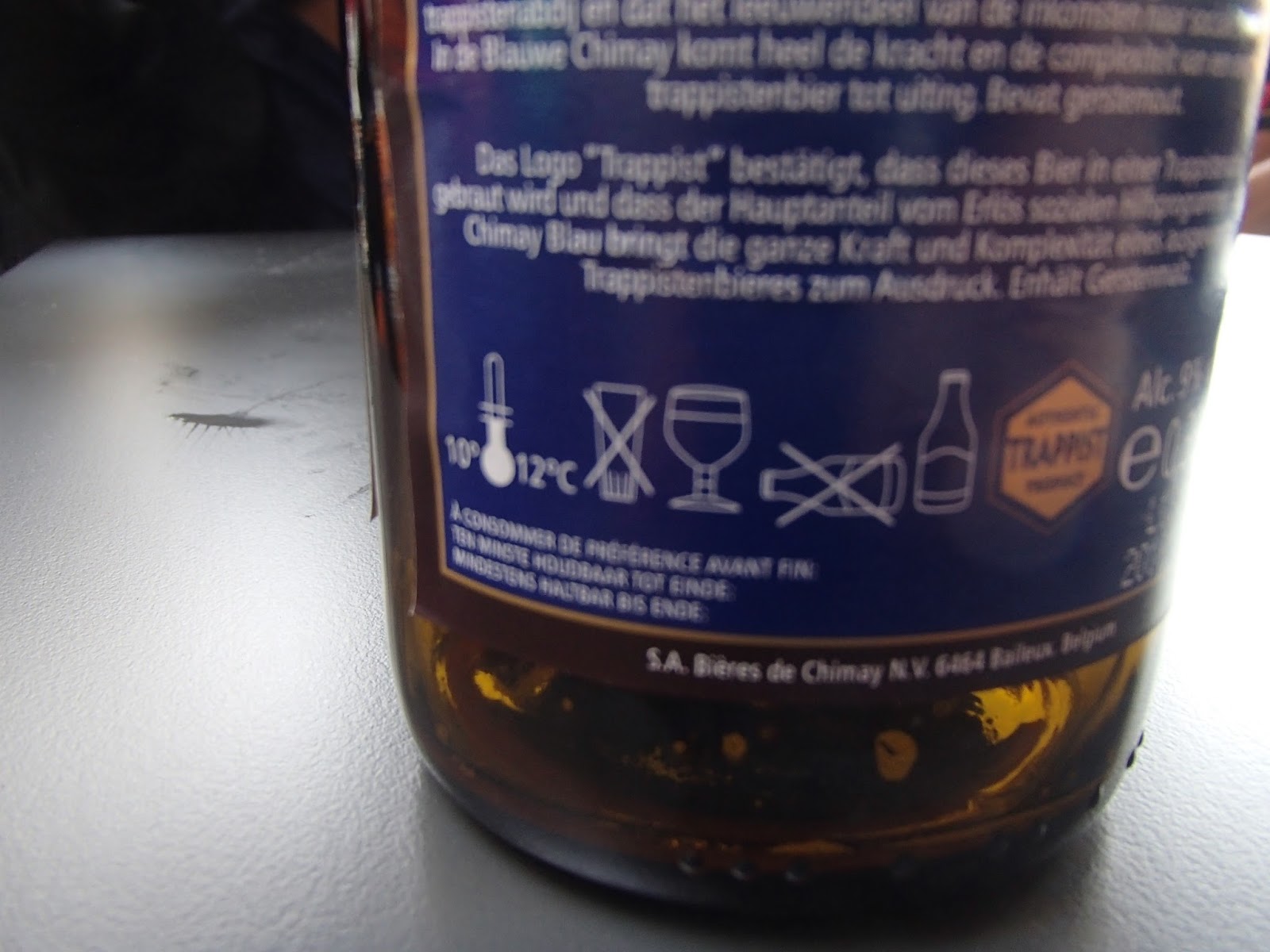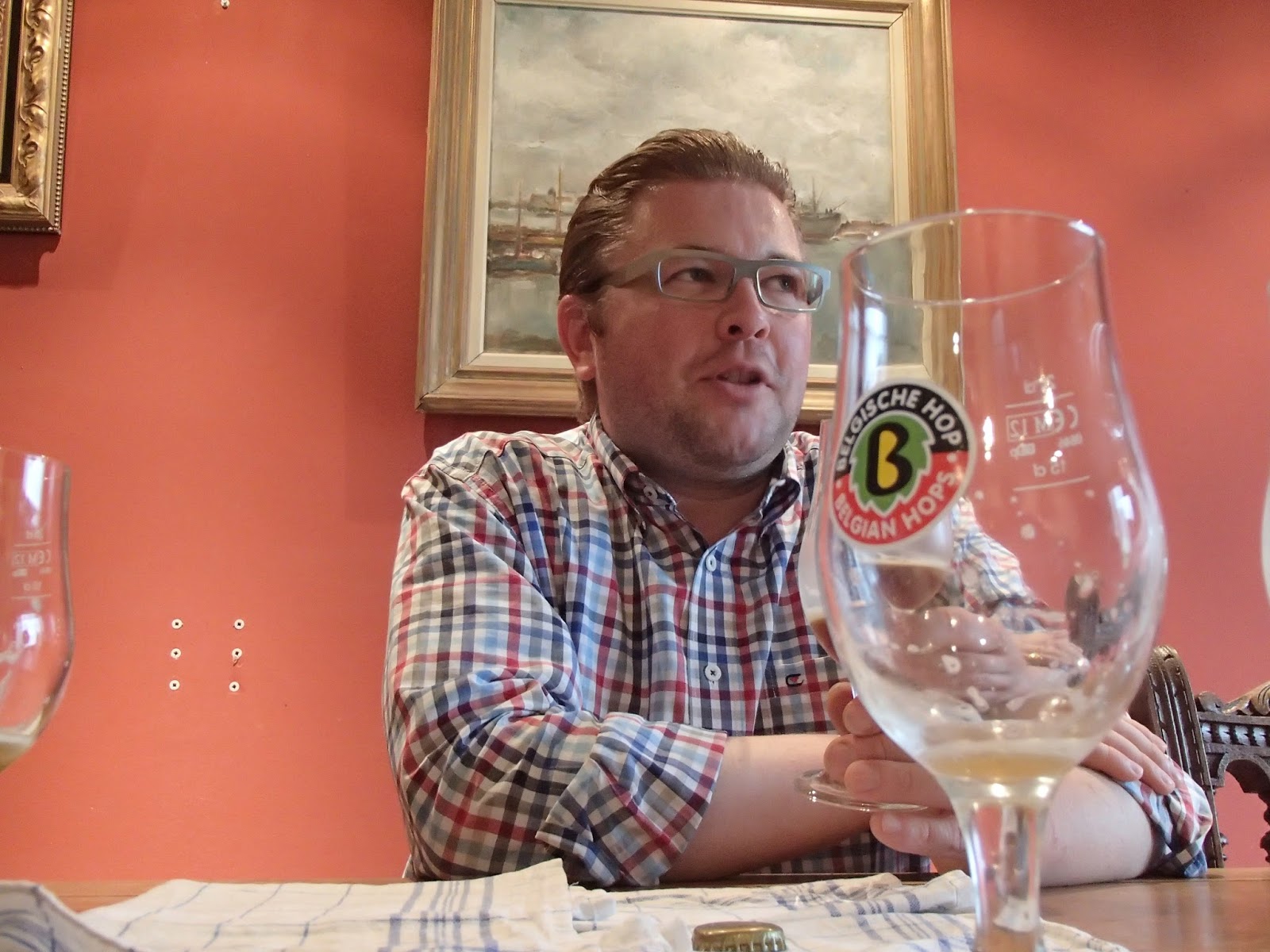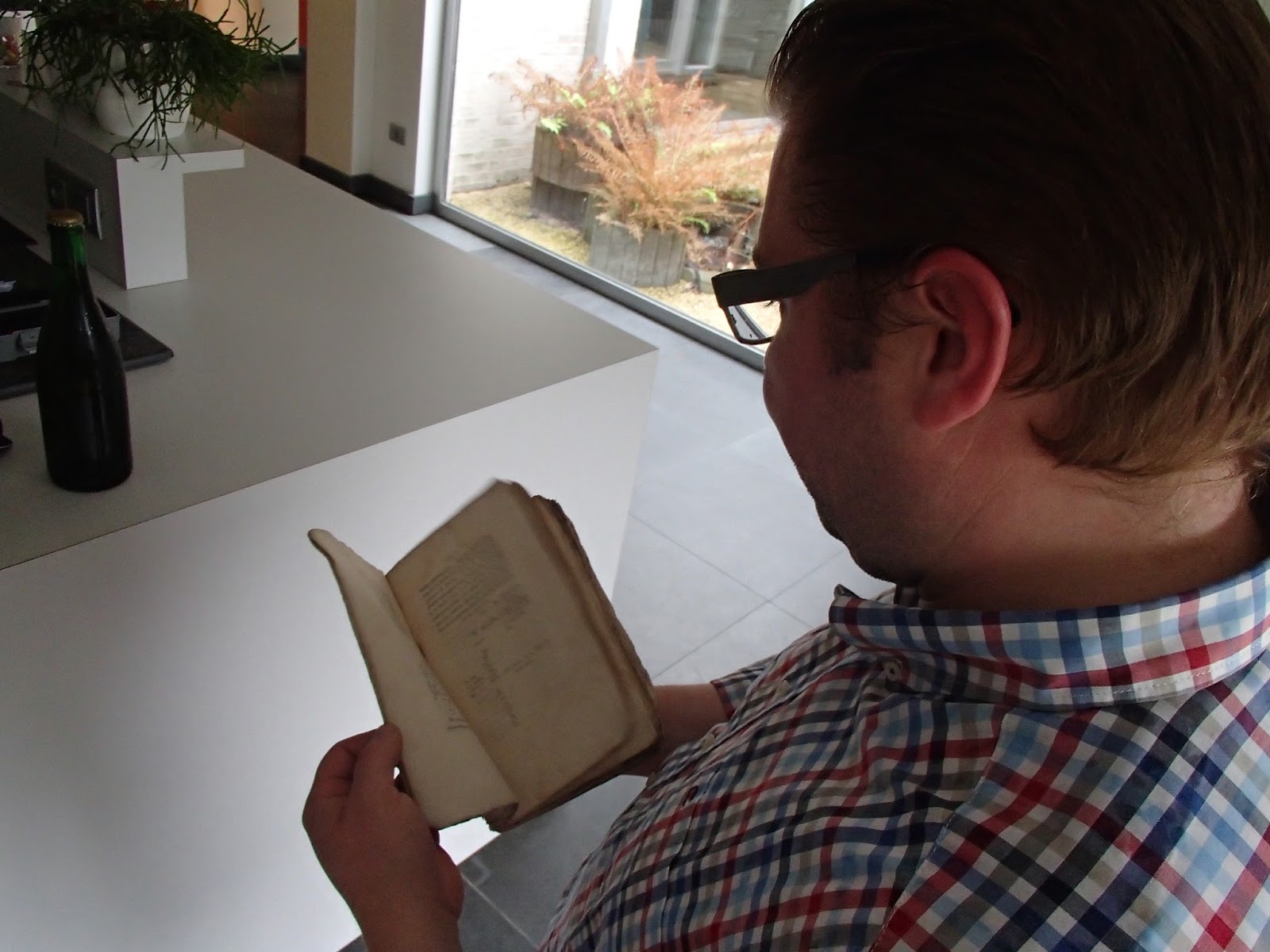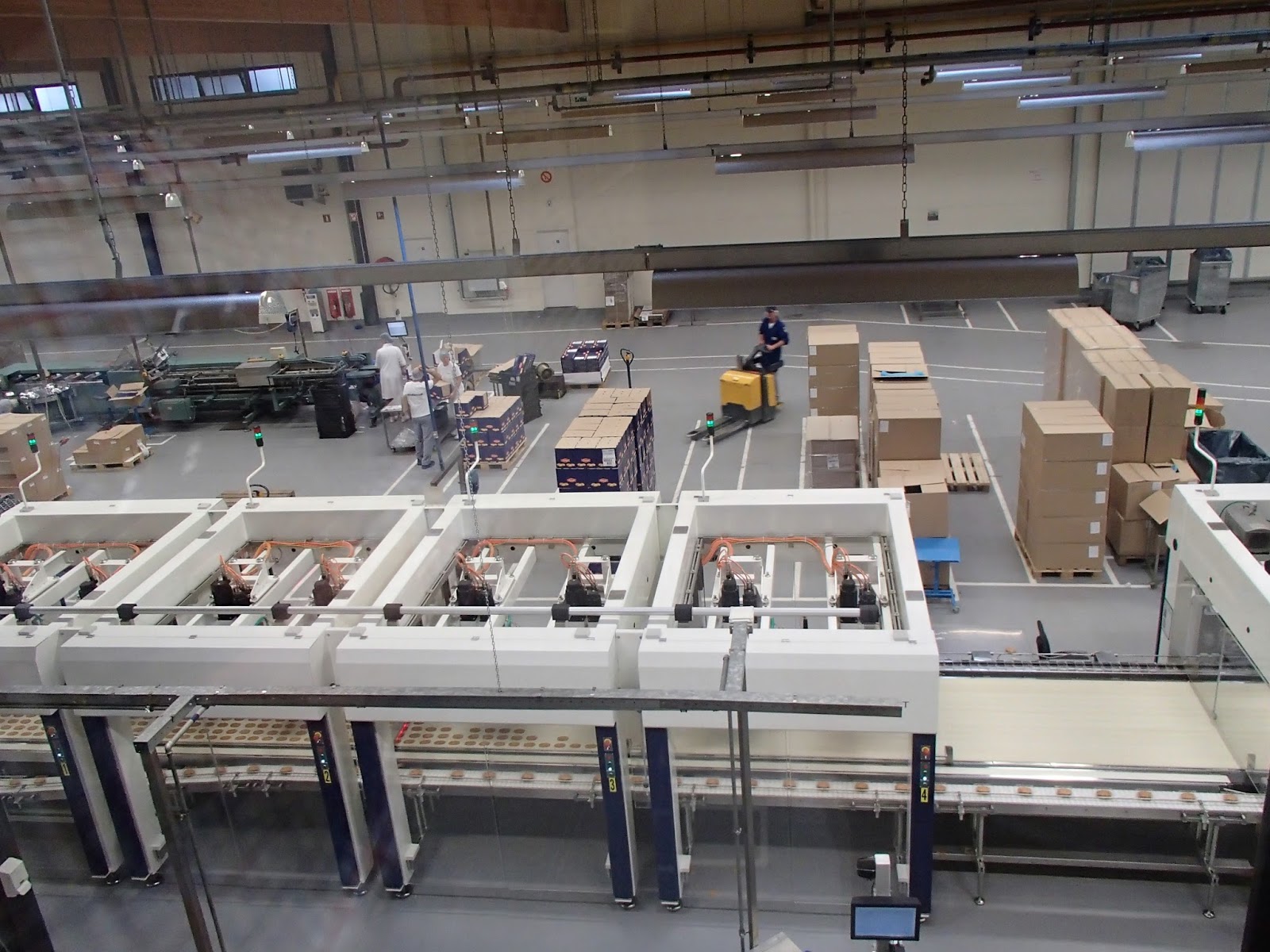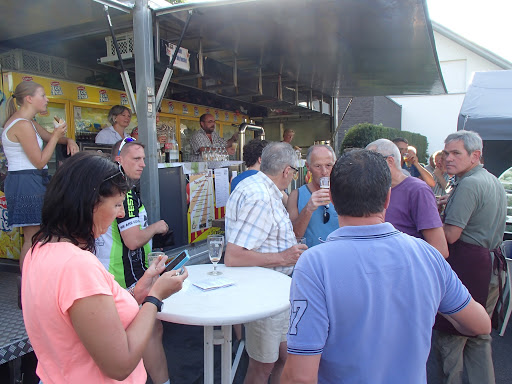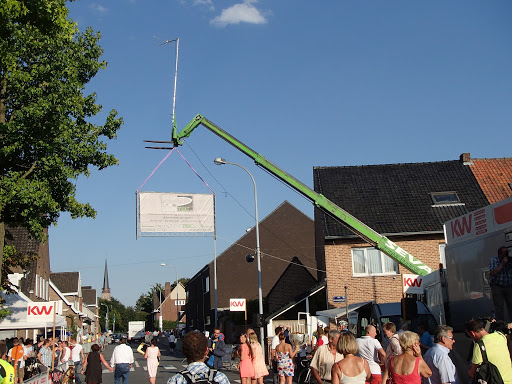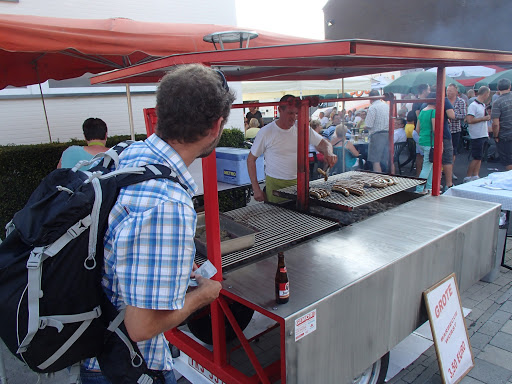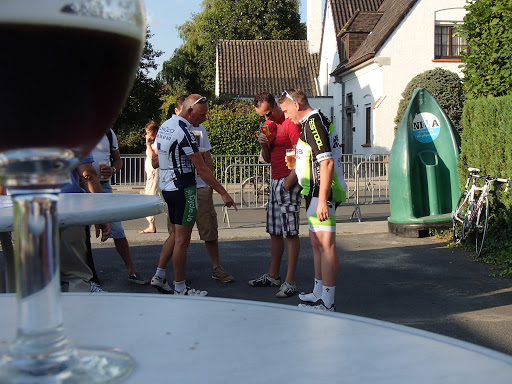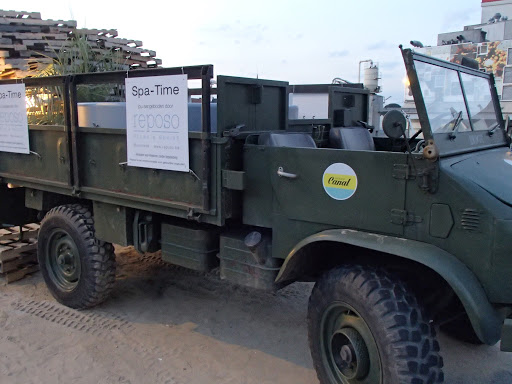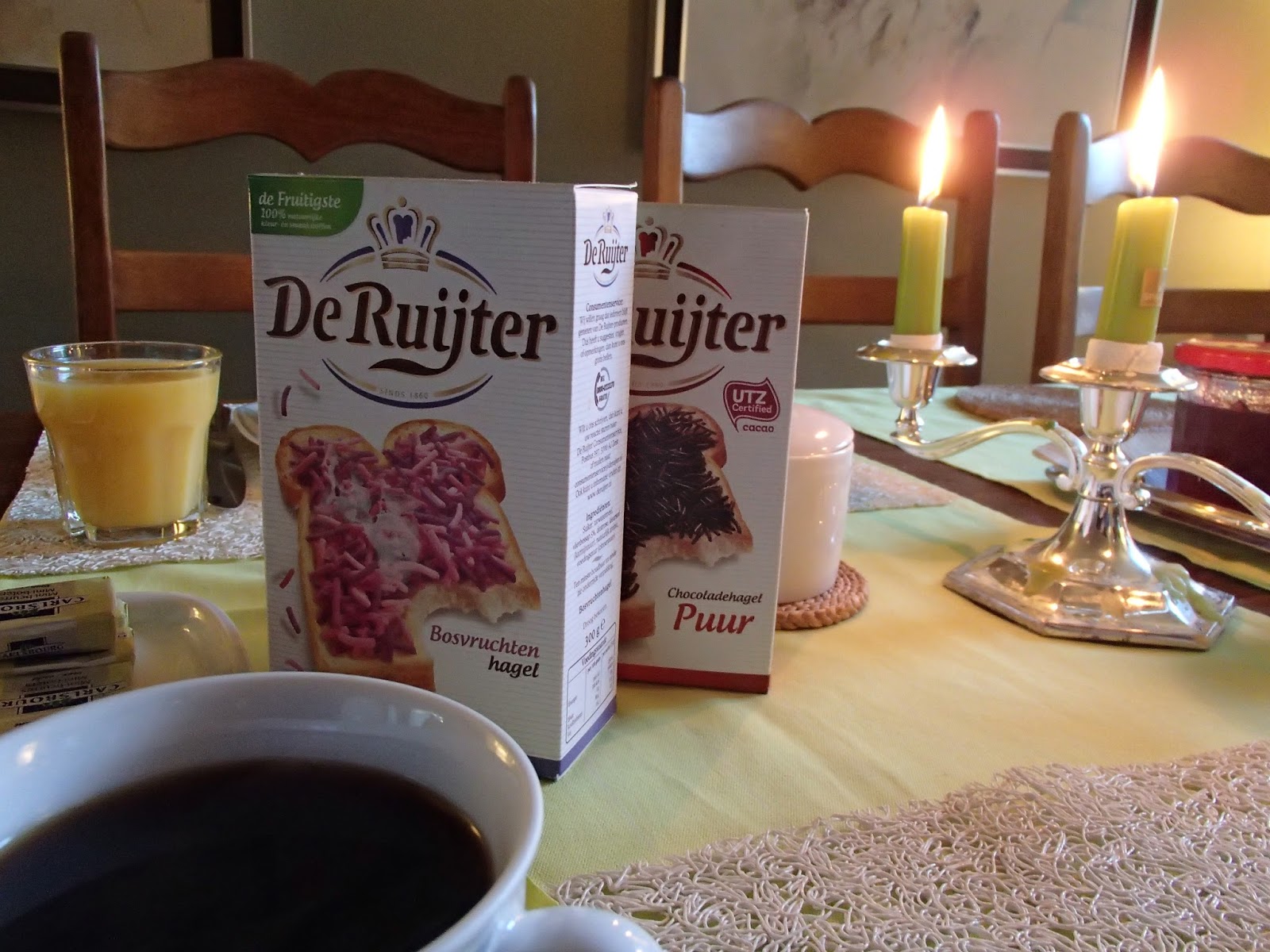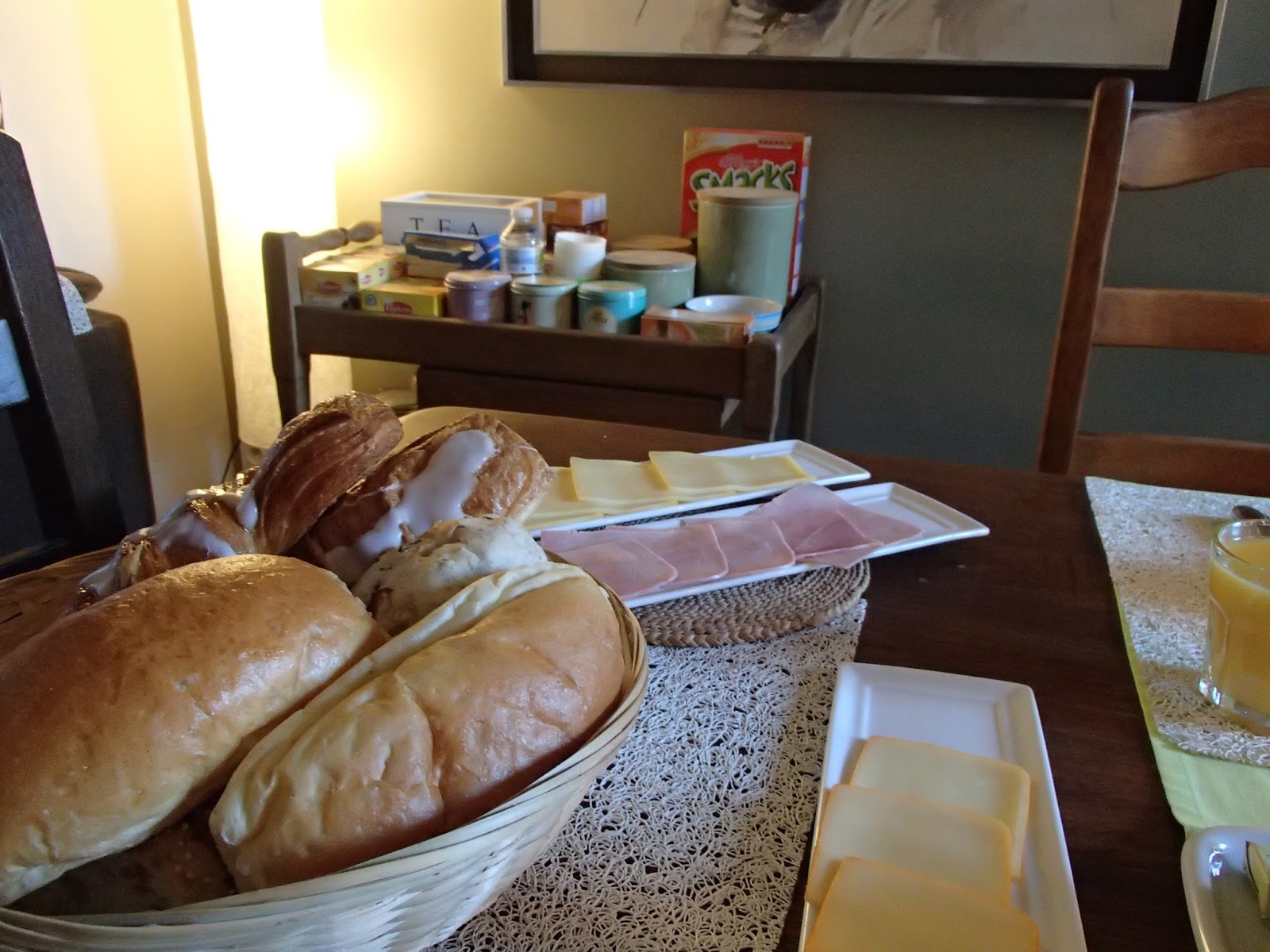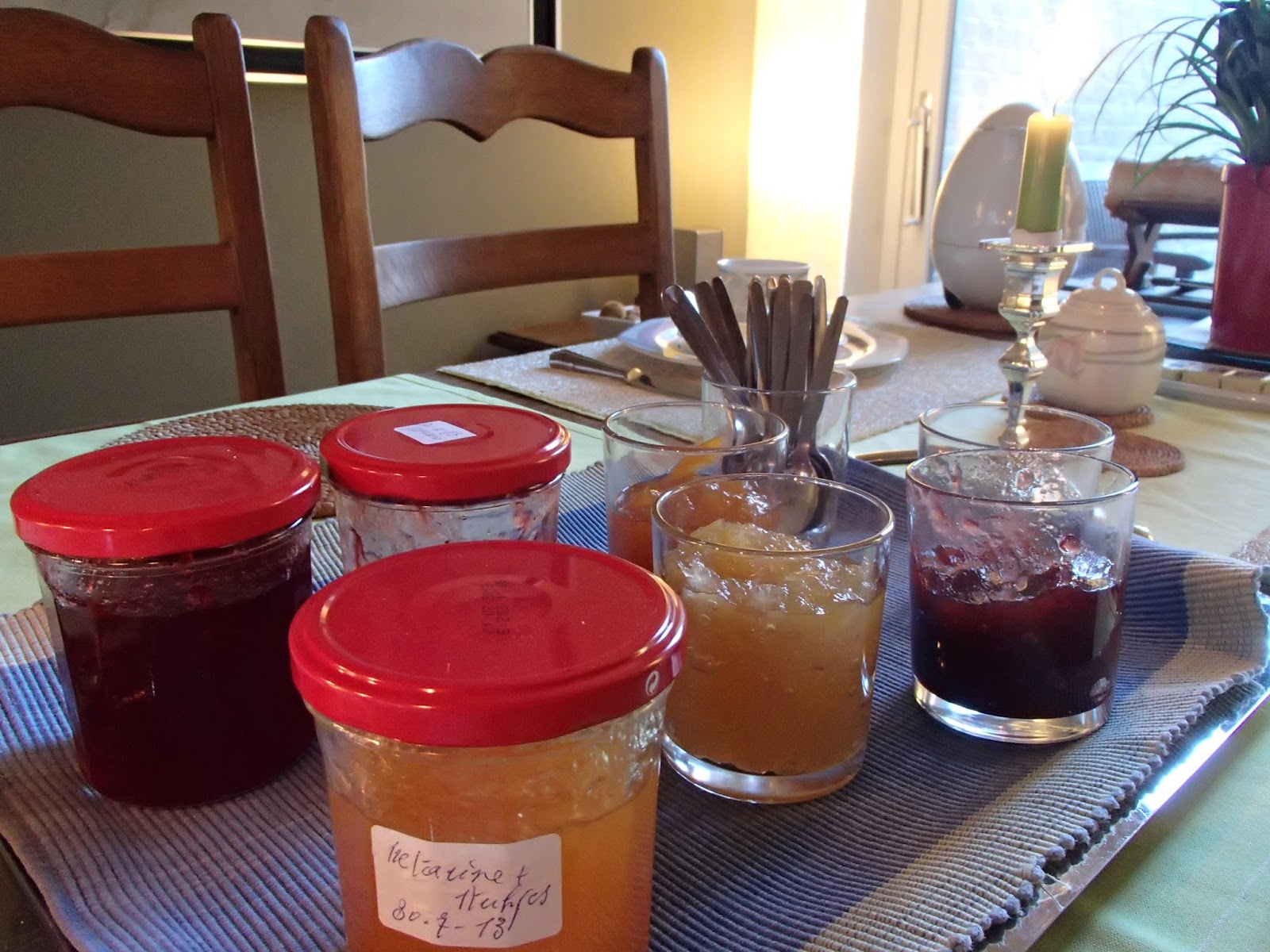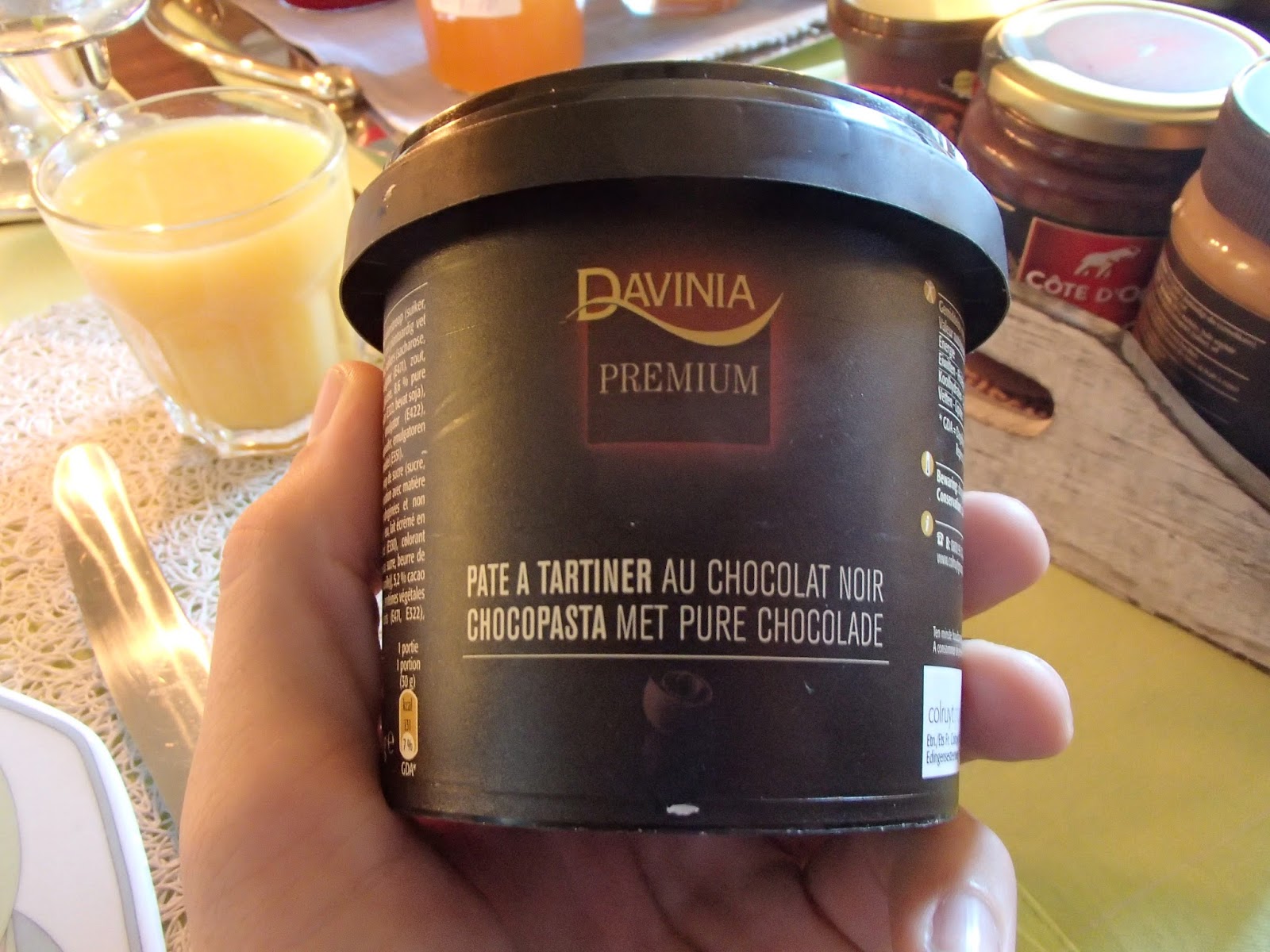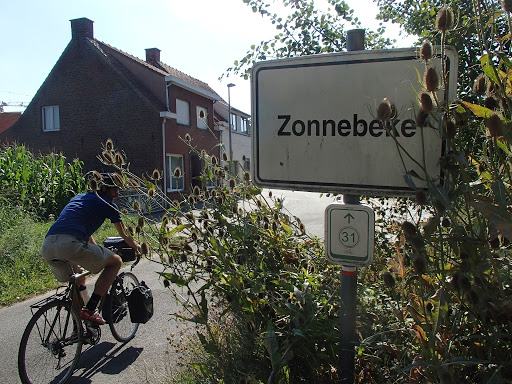“I think we should go this way, through Passandale,” Tom opined, “that way we’ll at least sort of know where we are.”
Our first day of bicycle touring in Belgium promised to be as dreamlike and easy as we had imagined. Paved single lane bike paths criss-cross the entire country, what drivers are on the roads share them graciously, and every ten kilometers or so is another town with its own brewery (or selection of breweries) and boulevard cafes in the midst of a medieval cityscape. Each intersection is numbered marked with a clear green sign, and a straightforward and intuitive map lays out the entire network with easy to follow icons for each of the junctions.
The problem, of course, with generally straightforward and intuitive instructions is that when they cease to be straightforward and intuitive, those people relying on them for salvation immediately assume the worst, that all is lost, and a deep anxiety and depression begins to take hold.
We left Roeselare for Ieper just moments after our declared 10am departure time. Not really. I believe that we finally locked the door at R&Breakfast at a little past 2. But after only about ten minutes of riding we found ourselves immersed in all of what Belgian bike touring has to offer, and followed a bike trail for several kilometers. I don’t even like bike touring, but this was pretty cool.
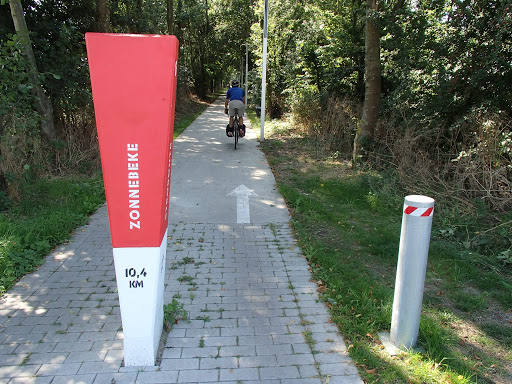
Before long, however, we came to a juncture where our three map resources disagreed. We found ourselves at the edges of two maps, where they overlap, only each map (produced as part of the same box set by the same publisher) showed a slightly, but substantial, difference in the orientation of the roads. Tom’s iPhone said we were many kilometers away from where we were pretty sure we were. So logic told us that at least two of the mutually exclusive resources were wrong, and it didn’t seem entirely impossible that all three could be misleading and that we really were doomed.
Tom and I were left to our intuition, which we both admitted had been spotty recently. Fortunately there are a lot of cyclists in the area, and apparently this spot is confusing for all of us. We were standing at what amounted to an occlusion in the trail and a trickle of other riders began to pile up around us.
I believe that the following interactions generally looked something like this:
I first reached out to a German couple who were just leaving the pub across the street. It went something like this:
Me: Excuuser mij, waar is Iepen?
German Lady: (looked very uncomfortable, shook her head no, and avoided eye contact)
German Guy: Ik spreek Nederlands niet, sprechen sie Deutsch? Parlez-vous Francais? English?
Me: No Francais, English. Do you know how to get to Iepen from here?
German Guy: No English.
Me: Se habla Espanol? Usted se sabe si se puede ir a Ieper de aqui?
German Guy: Ack! Nein Spanish! (German guy then began an onslaught of directions in German, of which I understood none. On seeing my glazed over eyes and the downturned corners of my mouth, he turned around, waved his arms dismissively, and walked away.)
Me: Dank u!
German Guy: (Did not reply, except to continue waving his arms.)
Fortunately, by the time that exercise in futility had passed, a group of middle-aged ladies on cruiser bikes had begun to amass.
Me: Excuuser mij, waar is Iepen?
At that point, I realized the problem with learning how to ask just one open ended question in a foreign language. I received a deluge of what may have been helpful information, but did not understand a word. In the future I will work on learning how to ask more “yes” or “no” questions.
One of the members of their group spoke a little bit of English, and so we made more headway.
Belgian Lady #3: Iepen, yes?
Me: Yes.
Belgian Lady #3: Have you tried to go down this road here? (She pointed towards a dirt road that a ways further petered into rough gravel, then doubletrack, then a cow pasture with an unwelcoming German Shephard.)
Me: Yes. I don’t think it’s that way.
Belgian Lady #3: Where did you come from today?
Me: Roeselare.
Belgian Lady #3: Roeselare . . . Roeselare!? That is not very far from here. (I am not sure if she tried to mask the condescent in her voice or not. If she did try, she did not do so very hard.)
Me: Yes, I know.
We carried on for a few more minutes in a convoluted mixture of broken English, their Dutch, my “Dutch,” and emphatic gesticulation. Tom and I reconvened and decided to try the dirt road again, but with more fortitude this time. The newly formed Belgian posse (now six strong) seemed perplexed that we had decided to go the one way that we had just said we had been, and that was not the right path. Nonetheless, after our newly found fortitude still proved to be insufficient and we turned around, we found that all six of them had followed us.
When we passed them a second time with a sullen, “nee,” they seemed content to deliberate amongst themselves, and did not ask us for advice again.
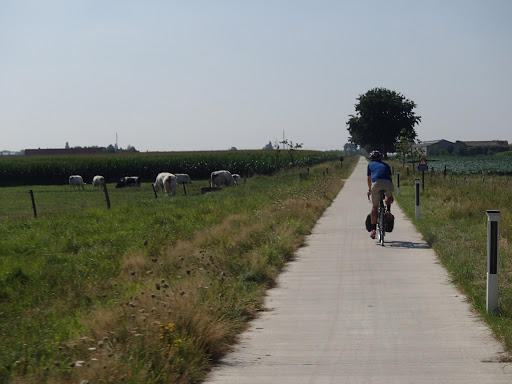
Eventually we settled on a more circuitous route through Passendale, and made our way with no further complication to our destination, Ieper. We were going there to look at a WWI museum. We finally arrived promptly at 5pm, to find them locking the doors. I suppose we’ll have to go back to Ieper again. It’s a good thing there’s a lot to do there this weekend . . .
